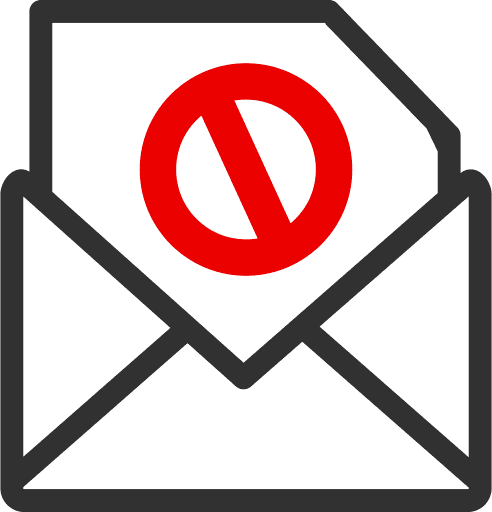You've probably noticed how some spam emails slip through your filter, cluttering your inbox with unwanted messages. To enhance your spam filter's accuracy, you'll want to start by regularly updating its rules to keep pace with the ever-evolving tactics spammers use. Training your filter with user feedback is also vital; it allows the system to learn from what you mark as spam or legitimate. Finally, integrating advanced detection techniques can drastically improve the filter's effectiveness. But there's more to it than just these steps. What about the underlying technologies that make these improvements possible? How do they actually work to distinguish between genuine and spam emails?
Regularly Update Filter Rules
To improve your email spam filter's effectiveness, it's vital to regularly update its rules. Spammers are always tweaking their strategies to evade detection, so your filter must adapt to these changes to remain effective.
It's important to understand that spam filters operate based on specific criteria, which can become outdated as spammers evolve their tactics.
First, you'll want to make sure that your filter is set to automatically download updates. Most modern email systems include this feature, but it's worth double-checking. These updates often contain new data on the latest spam trends and adjust the filter's parameters accordingly.
Next, consider the source lists your filter uses to identify spam. Blacklists and whitelists are fundamental components of any robust spam filtering strategy. Regularly updating these lists ensures that they accurately reflect the current landscape of email threats. If you're not updating these lists, you're likely missing out on blocking newly identified spam sources or mistakenly blocking legitimate senders who've been cleared.
Lastly, don't overlook the importance of adjusting your filter's sensitivity settings. If you're finding that too much spam is slipping through, it might be time to increase the sensitivity. Conversely, if legitimate emails are frequently blocked, reducing the sensitivity could help.
Train Filters With User Feedback
Incorporating user feedback is crucial to refining your email spam filter's accuracy. By actively involving users in the training process, you're leveraging their firsthand experiences to enhance your system.
When users mark emails as spam or not spam, they provide invaluable data that helps adjust the filter's sensitivity and accuracy. This means your filter becomes better at distinguishing between genuine emails and unwanted ones.
Encourage your users to regularly review their spam folders and flag any discrepancies. This could be legitimate emails wrongly classified as spam or spam messages that slipped through. Each correction they make teaches the filter more about what to look for and what to ignore.
Over time, this user-driven approach not only fine-tunes the filter but also adapts it to the unique needs and patterns of your email environment.
You'll also find that this feedback loop can significantly reduce false positives—a common issue where legitimate emails are incorrectly marked as spam. By minimizing these errors, you guarantee important communications aren't missed and maintain trust in your email system.
Integrate Advanced Detection Techniques
Aside from user feedback, integrating advanced detection techniques can greatly enhance your spam filter's effectiveness. You're not just battling simple nuisances; you're up against increasingly sophisticated threats. To stay ahead, consider using machine learning algorithms. These systems learn from the data they process, so they become more adept at spotting spam over time. They can identify patterns you mightn't even notice, adapting as spammers evolve their tactics.
You should also look into heuristic analysis, which examines emails for suspicious characteristics not captured by traditional filters. This approach can detect new spam types based on behaviors or anomalies, offering a dynamic layer of protection.
Implementing Bayesian filters can further refine your defense. These filters calculate the probability of an email being spam based on the frequency and combinations of words used. The more they're used, the smarter they become, customizing their detection criteria based on what you've previously marked as spam or not.
Lastly, don't overlook the importance of regularly updating your software. Spammers constantly change their strategies, and outdated tools mightn't catch the latest tricks. By keeping your system updated, you make sure you're equipped with the latest in spam detection technology, keeping your inbox cleaner and your data safer.
Conclusion
To guarantee your email spam filter's accuracy, remember to regularly update its rules to keep up with the latest spamming techniques.
Don't forget to train your filters with user feedback; it's crucial for distinguishing between spam and legitimate emails.
Also, integrating advanced detection methods, such as heuristic analysis and Bayesian filters, will greatly improve its effectiveness.
By following these tips, you'll secure your spam filter remains robust and reliable in the ever-evolving battle against unwanted emails.
